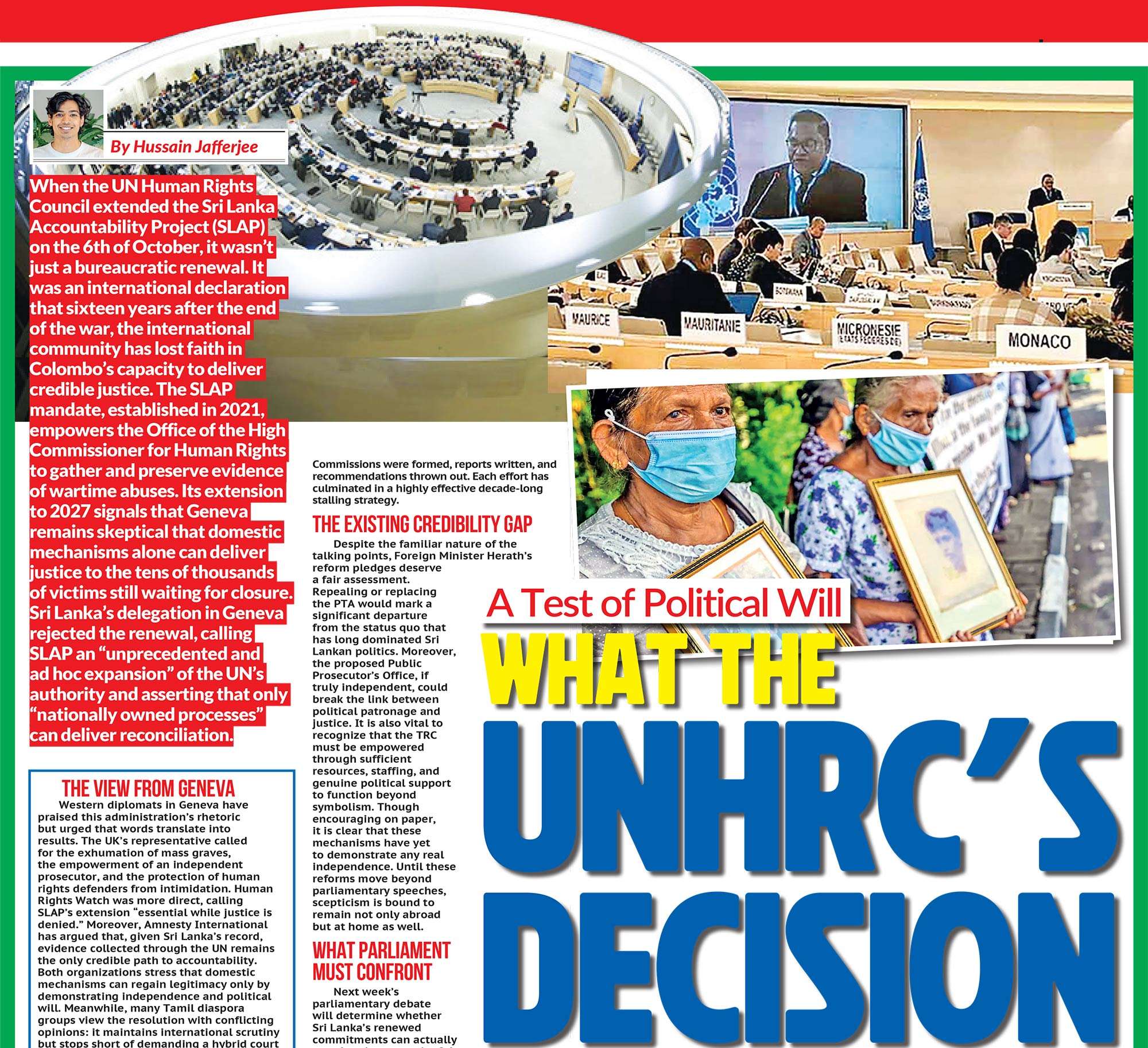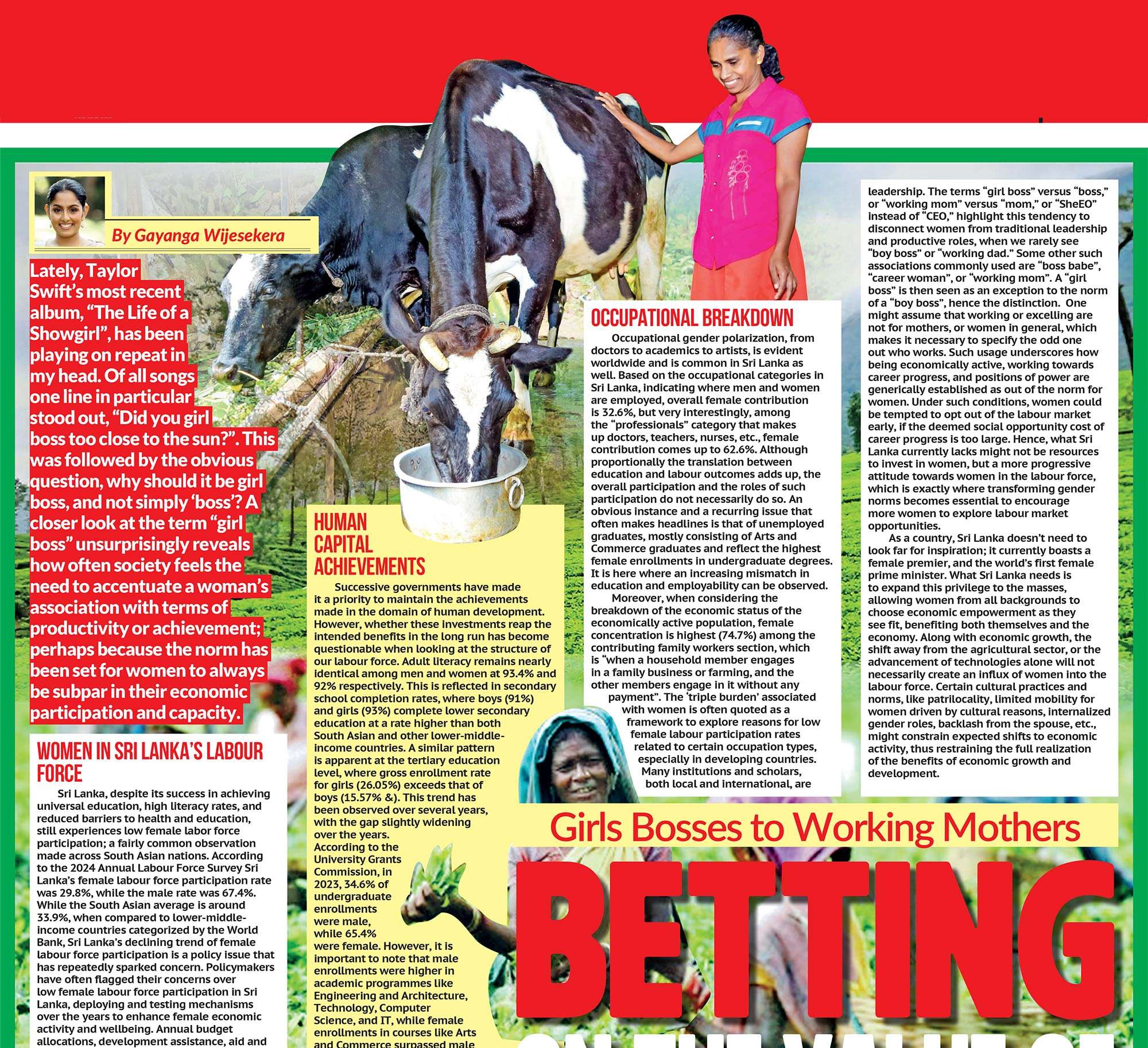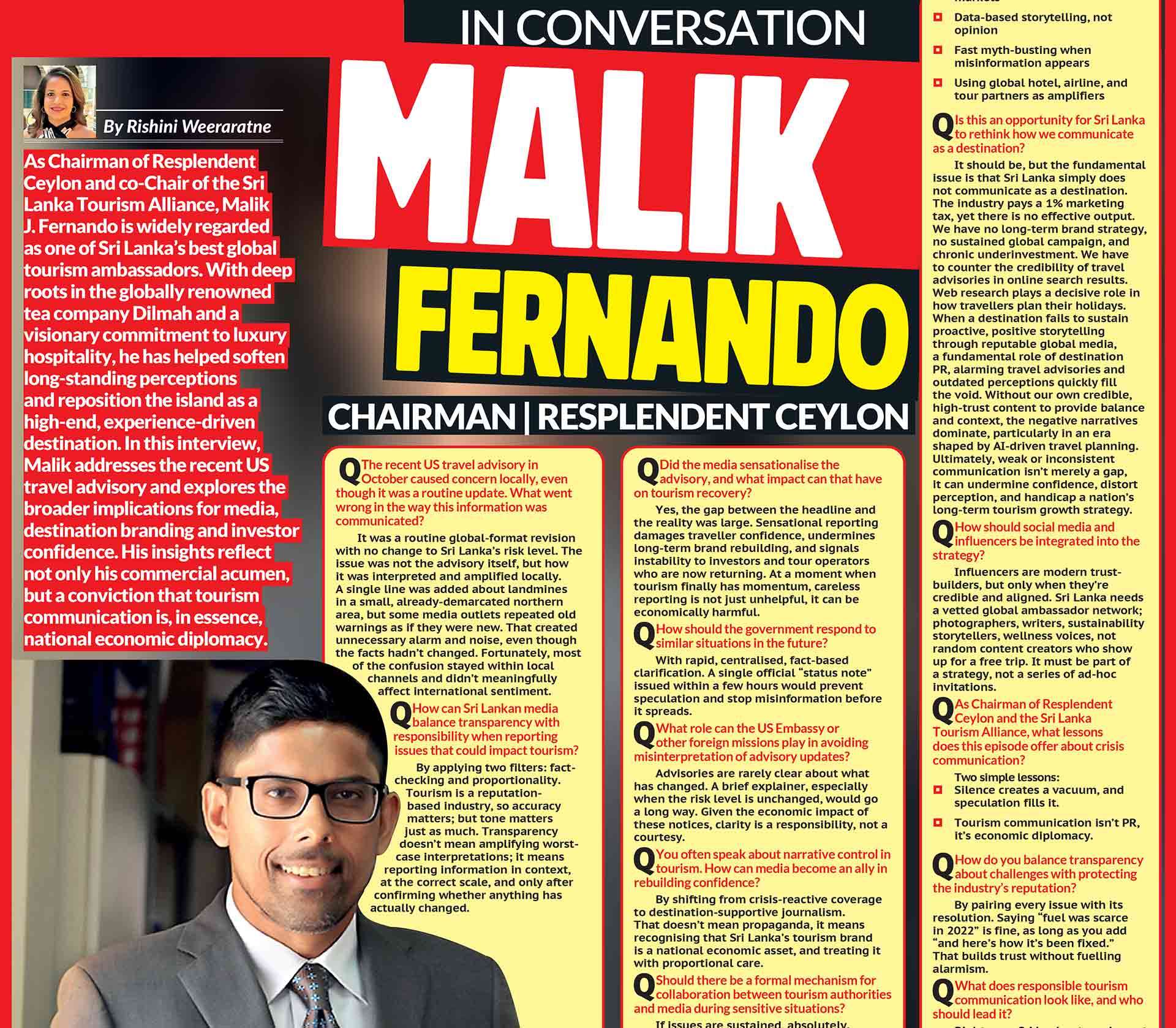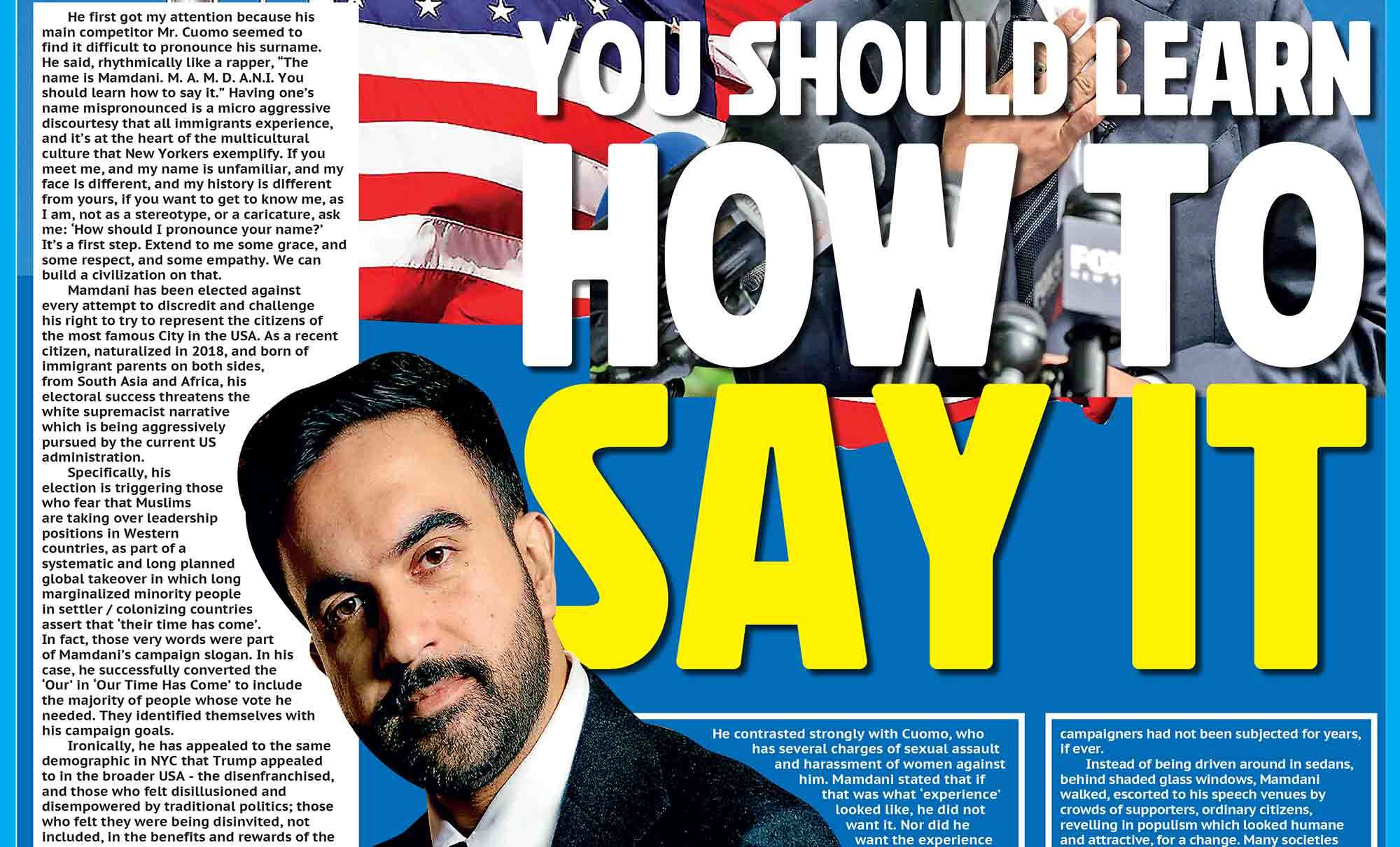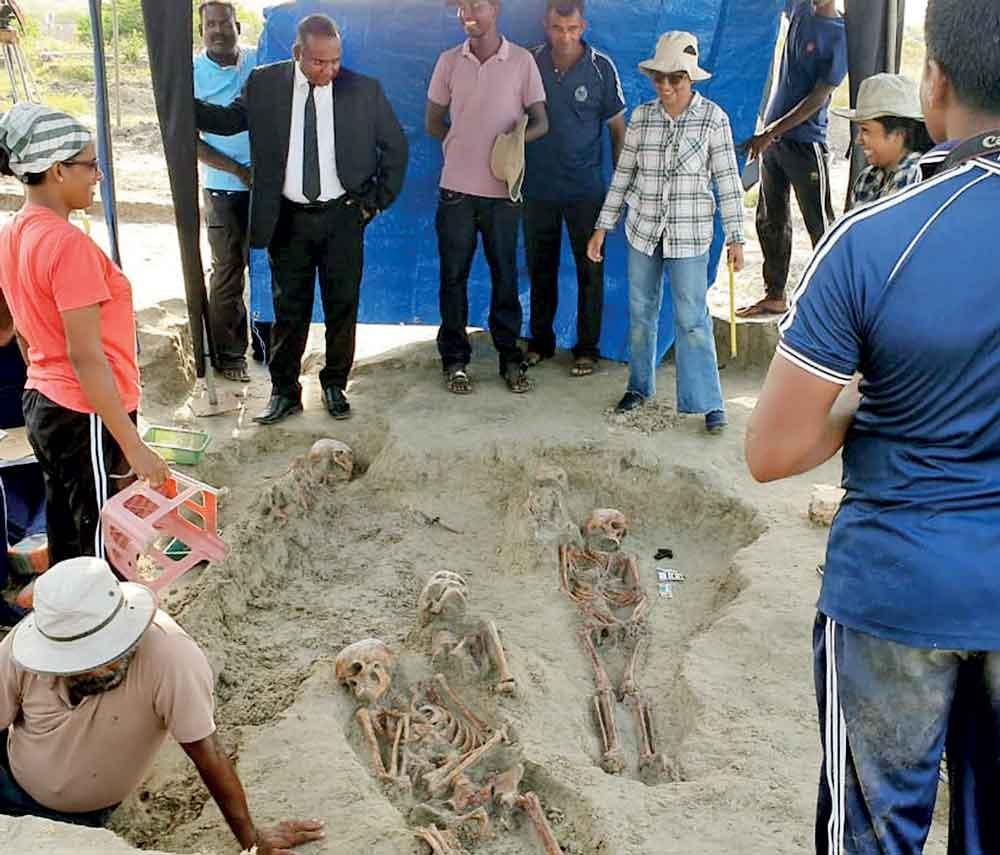
They say the dead don’t speak. But behind closed doors in Chemmani, they scream.In June 2025, 19 human skeletons were exhumed from the Sindhubathi Hindu cremation grounds in Jaffna. One of them belonged to a child. It should have shaken this country to its bones. But it didn’t. It barely made a ripple. Because in Sri Lanka, Tamil deaths aren’t news. They’re just another page in a rotting archive. Another mark on a checklist of silence.
The Jaffna Magistrate’s Court acknowledged it as a mass grave. Finally. But anyone paying attention already knew. The Tamil community didn’t need a legal stamp to know that Chemmani has always been a graveyard of secrets. This country has perfected the art of forgetting.
Especially when it comes to Tamil bodies.
Chemmani 1998
 The truth about Chemmani didn’t come from a report. It came from a man already sentenced to die.
The truth about Chemmani didn’t come from a report. It came from a man already sentenced to die.
In 1998, Lance Corporal Somaratne Rajapakse, one of the soldiers convicted in the brutal rape and murder of schoolgirl Krishanthi Kumarasamy, testified that he helped bury over 300 Tamil civilians in Chemmani. These weren’t combatants. These weren’t terrorists. These were people. Sons. Daughters. Young men. Possibly activists. Maybe just unlucky. All disappeared. All dumped like trash into shallow graves.
The world blinked. For a second, there was noise. A few bodies were dug up in 1999. Bound. Blindfolded. Tortured. Executed. A map was published in a Sinhalese paper showing burial sites. Even the Human Rights Commission got involved. But then? Silence. The soldier was beaten in prison. The site was mysteriously inaccessible. Reports emerged of bulldozers in the area. The government promised an investigation and did what it always does—nothing.
No one was charged. No high-ranking official even questioned. Those implicated? Some were promoted.
Chemmani 2025
This year, Chemmani returned. As bones often do. In February, a local development project unearthed remains at the Sindhubathi Hindu cremation grounds. The first phase of court-ordered excavation began in May and uncovered 19 skeletons. A child among them.
Let that sit with you.
A child.
Not a terrorist. Not a rebel. Just a child, who should’ve been in school. Whose body ended up under layers of dirt because someone, somewhere, wanted to erase her very existence.
The Jaffna Magistrate’s Court called it what it is: a mass grave. But the Tamil people have always known that Chemmani is a mass grave. The question isn’t what it is. The question is: what will be done about it?
We already know the answer.

Genocide Is Not an Event It’s a Policy
Let’s stop the fluff and get real. This isn’t just about mass graves. This is about a war machine that was built to break a people. This is genocide. A slow, state-sponsored, and systematic genocide against the Tamil minority of Sri Lanka.
Between 1990 and 1999, the government imposed an embargo on Tamil-majority regions. No food. No medicine. No fuel. No essentials. Pregnant women bled out on the floors of shuttered hospitals. Children died of infections that antibiotics could’ve cured. People starved. It wasn’t just neglect. It was intention.
Article 2(c) of the Genocide Convention calls it what it is: deliberately inflicting on a group conditions calculated to destroy it in whole or in part.
It wasn’t just the embargo. It was the bombings of schools. The shelling of temples. The targeting of journalists. The cultural erasure. The decades-long denial of dignity.
Tamils were hunted by the state like prey.
Disappearances, Death Squads, and the Culture of Impunity
When the army re-took Jaffna in the mid-90s, a new horror began. Disappearances. Hundreds, maybe thousands, vanished between 1995 and 1997. Bodies turned up in wells, toilets, pits. Some were never found.
Reports from the time say over 600 disappeared in military custody. Amnesty International. Human Rights Watch. The UN. All documented it. All watched it happen.
A government-appointed committee found 25 confirmed disappearances. Their report was buried. No charges. No names. No consequences.
Do you understand what that means?
You can kill a Tamil. You can dump them in a pit. And if you wear a uniform, the state will protect you.
A Country Built on Graves
Chemmani isn’t the exception. It’s the blueprint.
- Duriappa Stadium, Jaffna (1999): 25 bodies, including a woman and a child, found in a cesspit. Excavated in haste. Remains sent to Colombo. No accountability.
- Oddusudan (1998): 600 men disappeared after SLA operations. Not one body found.
- Eastern Province: Between 1990–1993, 3,400 Tamils killed in Batticaloa. 6,000 more in Ampara. Mass graves at Vantharumoolai and Saththurukkondaan remain untouched.
- Bolgoda Lake (1995): 23 Tamil youth found floating. Case collapsed due to “lack of appearance” by the Attorney General.
And this is just the tip of the bloody iceberg. There are other sites. Navalady. Mullaitivu. Mannar. Matale. Graves within graves. Bones without names.

Who Will Be Held Responsible?
Milosevic was indicted. Pinochet faced trial. Ratko Mladic rotted behind bars. Because the world decided that some genocides deserve justice.
But not ours.
Lutz Oette wrote about Sri Lanka’s genocidal intent. He detailed how Prevention of Terrorism laws, military indemnity, and economic embargoes were tools of erasure. He argued that the government’s very structure allowed, and encouraged, mass atrocities.
And yet, Sri Lankan generals got medals. Presidents got applause. War criminals became lawmakers.
What message does that send?
That Tamil lives are disposable.
Krishanthi Wasn’t Supposed to Matter
She was just an 18-year-old girl walking home after an exam. Arrested at a checkpoint. Raped. Murdered. Her mother, brother, and neighbor went looking for her. They vanished too.
She could’ve disappeared like the rest. But her case caught attention. Probably because she was middle-class. Probably because people with influence noticed. So, they couldn’t bury it. Not that one.
Nine low-level soldiers were tried. Five convicted. And in court, one of them, Rajapakse, cracked. He spoke of Chemmani. Of daily burials. Of military trucks offloading corpses.
That confession should have blown the lid off everything.
Instead, they tried to silence him. Beat him. Isolate him. There were whispers he’d be killed before he could testify again.
Because in Sri Lanka, even truth isn’t safe.
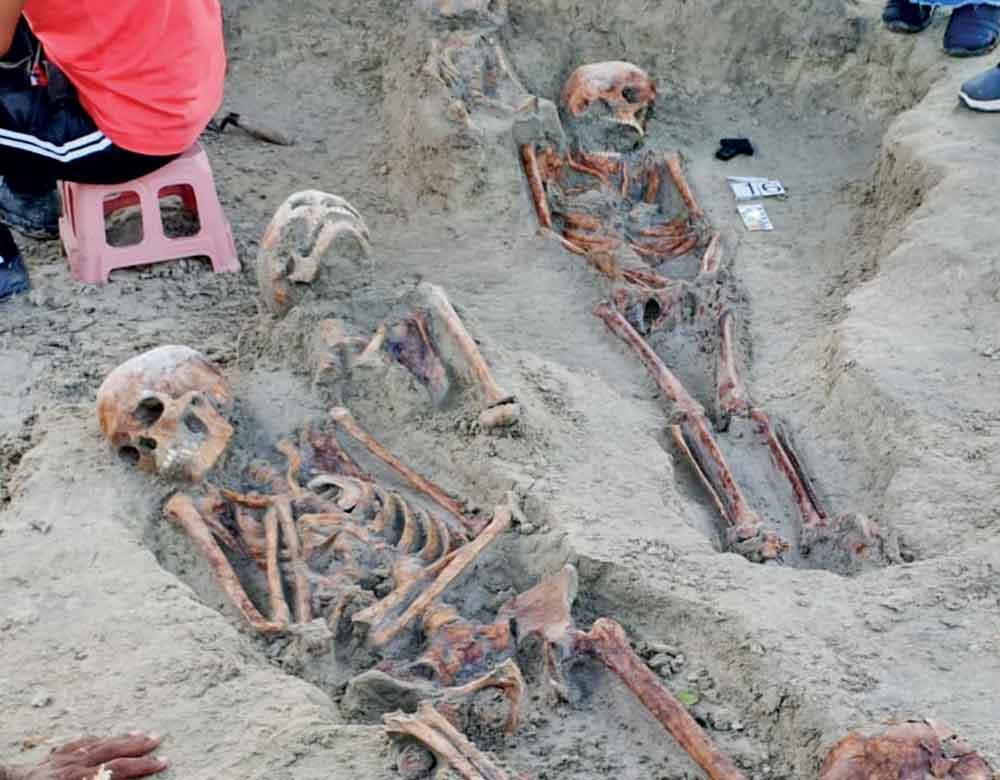
A Grave Without Oversight Is a Crime Scene Still in Progress
Forensic teams need independence. Experts need access. Chain of custody matters. Evidence must be preserved. Yet, the Chemmani site remains under the same military that likely committed the crimes.
Would you ask the Serbian army to investigate Srebrenica? Would you ask the Burmese junta to probe Rohingya massacres?
Then why is Sri Lanka allowed to dig its own graves and write its own reports?
The UN has protocols. Argentina, Rwanda, Kosovo; they all followed international procedures. Sri Lanka? Still fighting to keep outsiders away.
Because they know.
International eyes will see what they’ve buried.
Behind Closed Doors, Nothing Stays Hidden Forever
The Chemmani mass grave is a wound that refuses to heal because no one has cleaned it. It’s still raw. Still infected. Still oozing with the rot of injustice.
Justice in Sri Lanka is a performance. Peace is propaganda. And reconciliation? Just a word.
But the bones are real. And they are rising.
You can shut courts. Block journalists. Threaten mothers. Bulldoze cemeteries. But you cannot erase history written in blood.
Until these bones are identified. Until the perpetrators are named. Until the world stops shaking hands with murderers,
Sri Lanka cannot claim peace. Only pause. Only denial.
Chemmani is calling. The world must answer.
And it must start by asking,
How many more graves will it take before the truth can finally rest?
Images © respective owners. All trademarks belong to their rightful holders.



